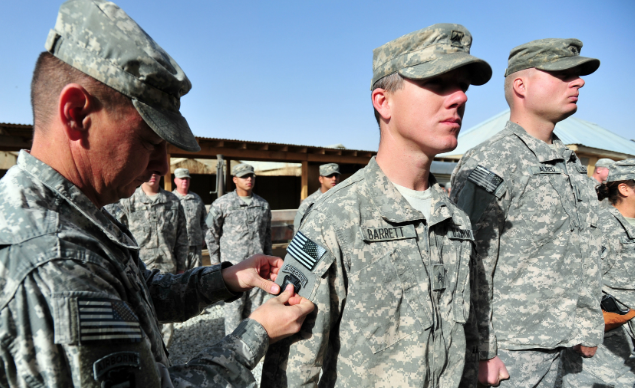The United States Army has once more fallen short of achieving its recruitment objectives as the fiscal year concluded with numerous vacant positions. The Army acknowledges that it enlisted sufficient new soldiers to maintain its mandatory strength but significantly missed its intended target. Consequently, military leaders are now contemplating the implementation of a fresh strategy.
Following a challenging fiscal year in 2022 for the US Army, during which it aimed to enlist 60,000 new soldiers but only succeeded in recruiting 45,000, the Army established an ambitious objective of bringing in 65,000 fresh troops in 2023. With the conclusion of the fiscal year on September 30, the Army, unfortunately, found itself unable to fulfill this mission once more.
Recruitment fell short, this time by 10,000, which was sufficient to enable the service to reach its mandatory active-duty strength of 452,000. However, the requirement for 2022 was 473,000. As FY 2023 commenced, the US Army had already reached its smallest size since 1940, and it has now diminished by an additional 21,000. In the meantime, senior leaders are primarily concentrating on progressive political issues and the topic of abortion.
The US Army announces that it is launching a sweeping overhaul of its recruitment strategies to address enlistment shortfallshttps://t.co/RHAa70Dgsp
— The Defense Post (@DefensePost) October 4, 2023
Confronted with yet another year of declining enlistments, the Army is devising alterations to its approach in recruiting new soldiers. Historically, recruiters have been Non-Commissioned Officers (NCOs) temporarily assigned to this duty, with their primary Military Occupational Specialty (MOS). They typically serve as recruiters for approximately three years before returning to their regular assignments. Commanders believe that this practice results in personnel leaving the recruiting role just when they become proficient at it.
Presently, there is a strategy to establish a fresh Military Occupational Specialty (MOS) known as 42T, referred to as “Talent Acquisition Specialists.” Additionally, there has been an augmentation in enlistment incentives for positions that have proven difficult to fill. The Army is also actively seeking individuals with higher levels of education beyond high school.
Simultaneously, there has been a discreet relaxation of certain criteria, including the acceptance of recruits with tattoos that were previously prohibited and the option for retests in the event of drug test failures. It’s apparent that sustaining an efficient combat force is becoming increasingly challenging.




